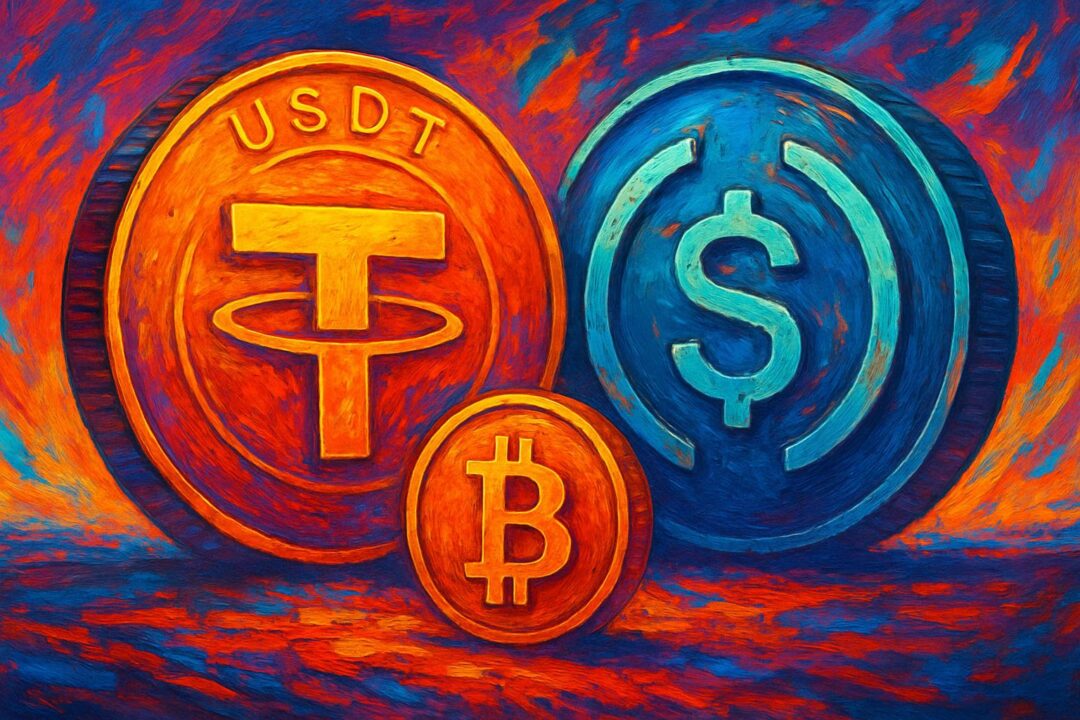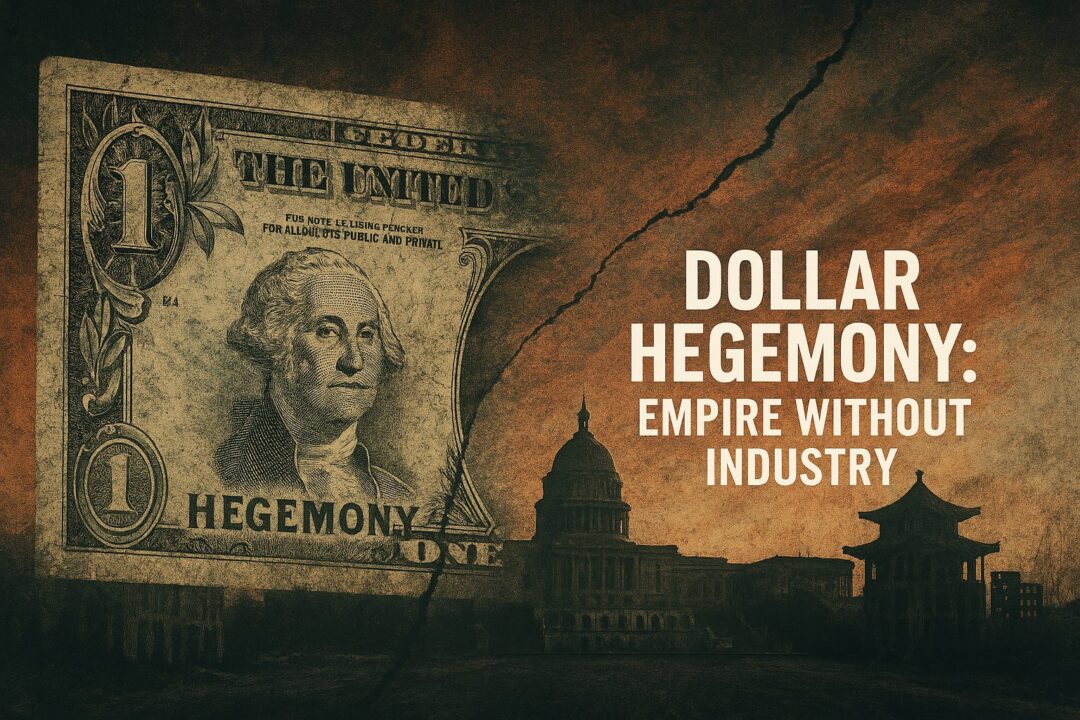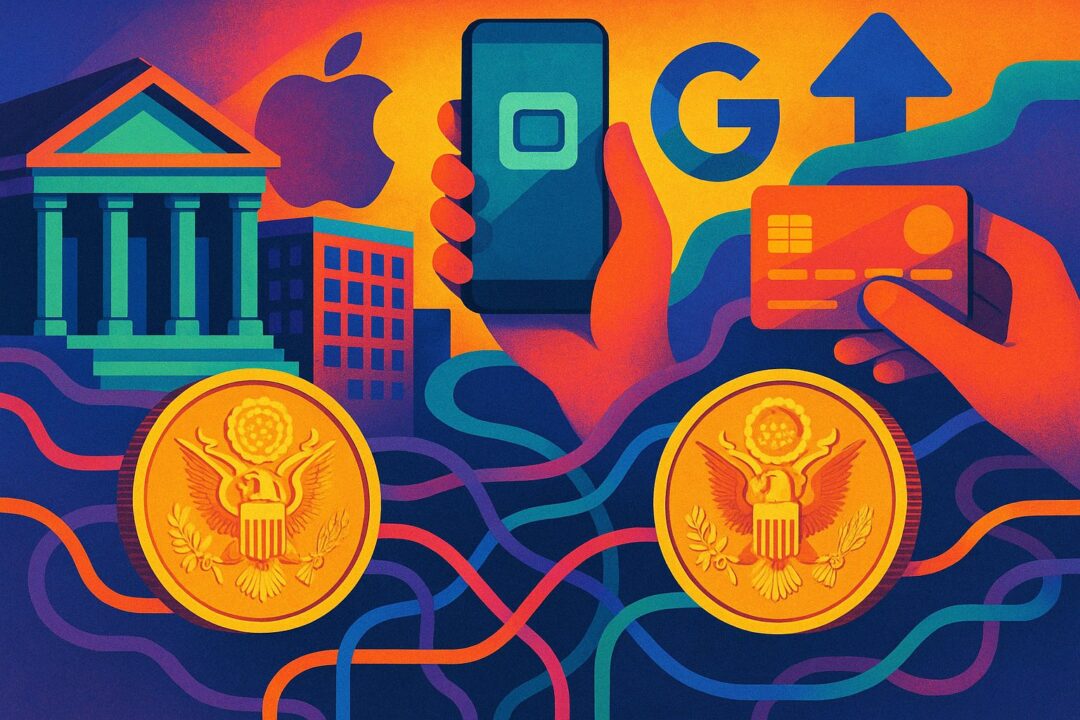There’s a strange, almost poetic irony playing out in global finance right now.
Governments around the world are scrambling to launch their own Central Bank Digital Currencies (CBDCs) — tightly controlled, state-issued digital money systems that promise “innovation” but deliver surveillance, control, and apathy.
Most are failing. All are floundering.
And while the world fumbles toward programmable fiat authoritarianism, the United States — without even trying — is emerging as the dominant force in the digital currency age.
How?
By simply letting the private sector build the dollar’s global shadow system for them.
CBDCs: Nobody Wants Them
Let’s start with the basics.
CBDCs have been pitched as modern, efficient, inclusive. But here’s what’s really happening:
- Nigeria’s eNaira? A disaster. Less than 0.5% adoption.
- The Bahamas’ Sand Dollar? Irrelevant.
- China’s digital yuan? Heavily promoted, barely used outside pilot zones.
- Europe’s digital euro? Met with suspicion, resistance, and democratic hesitancy.
Why?
Because CBDCs are, in essence, surveillance money:
- Your transactions are tracked in real-time.
- Governments can limit where, when, and how you spend.
- Your wallet is programmable — by them, not you.
There’s zero incentive for citizens to adopt this — and plenty of reasons to avoid it.
People can smell control, even when it’s wrapped in sleek UX and buzzwords.
The U.S. Isn’t Building a CBDC — Because It Doesn’t Have To
Here’s where it gets wild.
The U.S. has flatly stated that it has “no plans” to launch a digital dollar. Politicians across the aisle are lining up to declare CBDCs un-American — tools of surveillance and central control.
And they’re right.
But the punchline?
The U.S. doesn’t need a CBDC. It already has something better.
It has stablecoins — treasury-backed, dollar-denominated, and globally accessible.
- USDC. USDT. PYUSD. And more coming.
- Used across borders
- Trusted by millions
- Integrated into the digital economy
They’re doing everything a CBDC is supposed to do, but better — and without the government branding.
The Trojan Horse of the Dollar
So while other nations struggle to convince their citizens to use their centralized CBDCs, the U.S. sits back and watches as its currency becomes:
- The reserve asset of the internet
- The default unit of account for DeFi
- The off-ramp for collapsing national currencies
It’s a Trojan horse strategy without even hiding the horse.
People aren’t using a “US CBDC.”
They’re just using US dollars — digitally, freely, permissionlessly.
And by the time global adoption hits critical mass, the U.S. will have a de facto global digital currency — without the political cost of launching one.
Blocking the Competition, Enabling the Shadow Empire
Here’s where it gets truly strategic.
While the U.S. denounces the idea of a domestic CBDC:
- It quietly applies political and regulatory pressure to stall or discredit other countries’ CBDC ambitions.
- It simultaneously encourages the expansion of dollar-based stablecoins backed by U.S. treasuries.
In short:
- Other countries’ CBDCs are neutralized.
- America’s “non-CBDC” digital dollar becomes dominant.
And no one protests — because it’s the product of the free market.
It’s like watching empires rise not by war, but by convenience.
Freedom on the Front, Control in the Code
The brilliance of this model is that it looks like freedom:
- Anyone can access stablecoins.
- No one is “forced” to use them.
- They’re not government-issued.
But zoom out.
These coins:
- Are backed by the U.S. financial system
- Are denominated in U.S. monetary policy
- Can be frozen or censored under U.S. jurisdiction
- Can eventually become programmable and policy-driven
The U.S. gets to say it doesn’t believe in centralized, programmable money — while quietly building the world’s most powerful version of it through private proxies.
The Final Stage: When Choice Disappears
Right now, you still have choices:
- Local currency
- Physical cash
- Bank accounts
- Crypto
But when the collapse of weaker currencies accelerates — and it will — and when stablecoins become the default rails for commerce, savings, and remittances globally…
There may be only one functional monetary system left.
And it will speak in dollars.
Not by mandate.
But by adoption.
And no one will have to force you.
You’ll just choose it — because it’s better.
Until there’s no other choice left.
Conclusion: The Non-CBDC That Won the World
This is the power of asymmetry.
While other nations chase digital currency control through central banks, committees, and pilot programs, the United States quietly builds the future:
- No CBDC.
- No voter backlash.
- No surveillance panic.
- Just code, markets, and freedom-branded dominance.
The U.S. may be the only country that wins the digital currency war by simply not fighting it.
Because the stablecoin isn’t just the future of money.
It’s already the shadow CBDC of the world — and the most powerful empire in history didn’t even have to announce it.
Bonus: The Future of Programmable Money — Heaven or Control Grid?
As stablecoins evolve, the next frontier isn’t just digitization — it’s programmability.
Imagine a world where your dollars can carry conditions:
- Money that expires if not spent in 30 days.
- Payments that only unlock when AI verifies a task is complete.
- Instant tax collection at the moment of purchase.
- Real-time UBI airdrops targeted by geolocation or job loss triggers.
In the best version of this future, programmable money could be efficient, fair, transparent, and resilient. It could eliminate fraud, streamline welfare, and remove layers of bureaucratic inefficiency.
But in the wrong hands?
- It could lock you out of your own savings.
- Restrict purchases based on behavior or social score.
- Shut down dissent, disobedience, or even non-conformity.
- Automate economic punishment faster than you can protest it.
The rails of stablecoins — once a symbol of freedom — could quietly become the scaffolding of a global financial control system.
The tools are neutral. The code is just code. But the future of programmable money depends on who holds the keys — and what they believe you should be allowed to do.
Discover more from Brin Wilson...
Subscribe to get the latest posts sent to your email.



